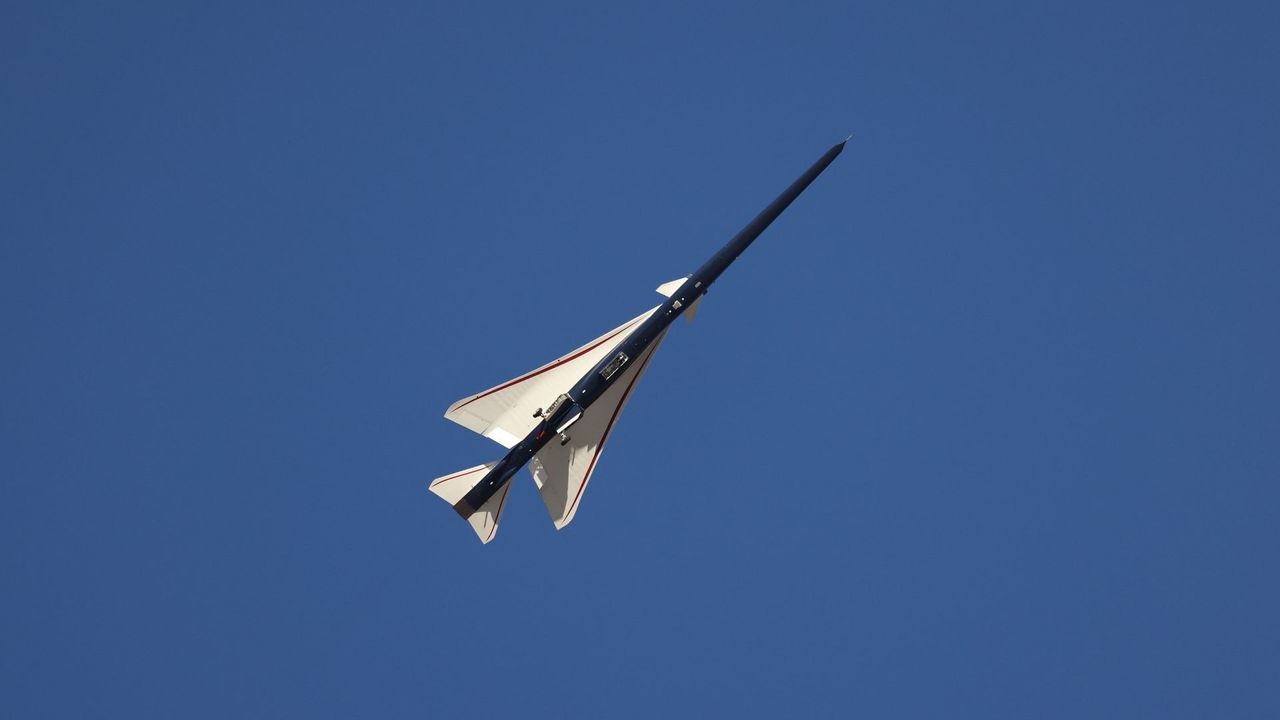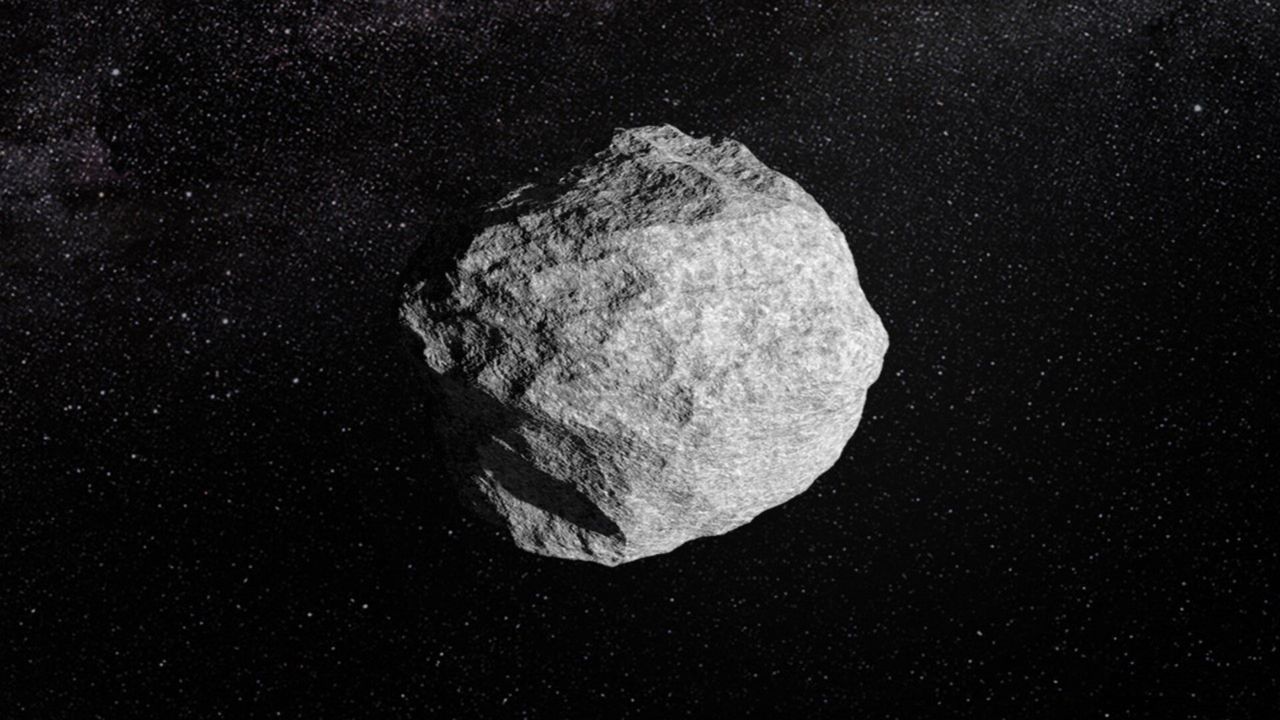A 17th-Century Crypt Shines a Light on Milan’s Most Impoverished
PositiveScience
A fascinating discovery in Milan reveals a 17th-century crypt that provides insights into the lives of the city's most impoverished residents during the Renaissance. The bones found beneath a hospital highlight the health and habits of these individuals, shedding light on a lesser-known aspect of history. This finding is significant as it not only enriches our understanding of the past but also emphasizes the social conditions faced by marginalized communities.
— Curated by the World Pulse Now AI Editorial System





